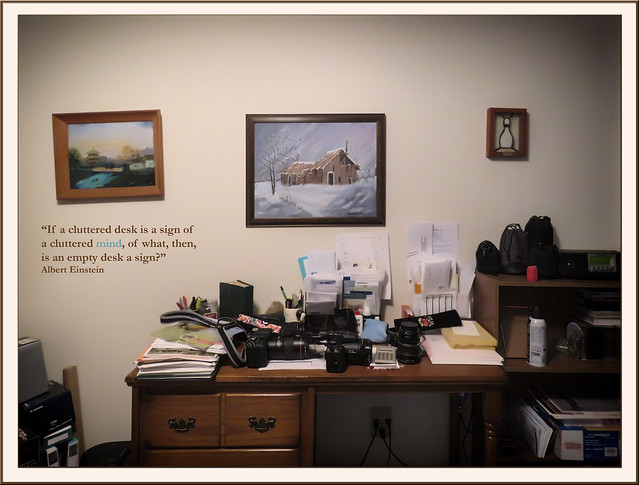Let’s finally address the elephant in the classroom. It’s been a few months since ChatGPT has been thrust at us, and if you’re anything like me, you panicked about how to tell if your student’s essay was their own or hot off the AI press. I certainly read up a great deal on this, saw the videos about how the 5-paragraph essay may be done now that ChatGPT almost exclusively writes in that format.

Yes, AI is here to stay, and us language teachers have to figure out how to leverage it in our classrooms, because whether we like it or not, our students certainly seem to and we better get on the bandwagon sooner rather than later.
Let’s face it. If used well, in the classroom, AI can be a powerful tool for enhancing learning, engagement, and student success. However, as with any technology, it is essential that we approach AI with caution and ensure that it is used in a responsible and ethical manner.
One strategy we teachers can use to incorporate AI in the classroom is to use intelligent tutoring systems (ITS). These systems use machine learning algorithms to provide personalized and adaptive instruction to students. For example, an ITS might provide different levels of support to students based on their individual strengths and weaknesses, or it might adapt the difficulty level of tasks to match the student’s skill level. By using ITS, teachers can provide students with more personalized instruction and support, which can lead to better learning outcomes.
Another way that teachers can use AI in the classroom is to use chatbots or virtual assistants. Chatbots can be used to provide students with immediate feedback on their work, answer their questions, and provide guidance on assignments. Virtual assistants are also a great way to automate routine tasks such as grading and assessment, freeing up our time to focus on more complex tasks such as lesson planning and instruction.
However, we must be cautious about the misuse of AI in the classroom. Apart from worrying only about plagiarised work, there are larger questions to consider. For example, AI can be used to monitor student behavior and engagement, but this can also raise concerns about privacy and surveillance. We must ensure that any data collected by AI systems is used ethically and in accordance with student privacy laws and regulations.
Additionally, we must be aware of how AI can reinforce existing biases and stereotypes. For example, if an AI system is trained on data that is biased against certain groups, it may perpetuate those biases in its recommendations and decision-making. We must ensure that AI systems are trained on diverse and representative data sets and also teach our students the pitfalls of AI.
That means that we need to encourage students to be critical consumers of AI. Students should understand how AI systems work, what data they are using, and how they are making decisions. This will help them to be more aware of the potential biases and limitations of AI and to use it more effectively and responsibly.
AI can be a great aid in the classroom, provided we learn how students are using it and be able to identify if it is being misused. We also need to be responsible in encouraging discussions in the classroom about AI as our students, who will the next generation of adults, are likely to be working actively with AI. Understanding the limitations of AI as well as its potential can help us lay the foundation for a whole generation of students who are most likely going to shape how AI is going to be used in the world in the coming future.



